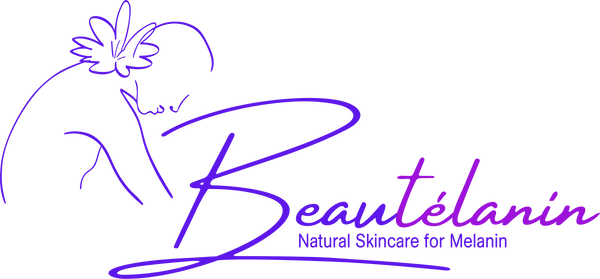However, the excess sebum may block your hair follicles and lead you to acne when hormones signal to your body to boost sebum production. Everyone has a varied sensitivity to specific hormones, which means an increase in hormones that may lead to an acne rupture cannot affect a person who is less sensitive to acne-producing hormones.
So what hormones are responsible for the breakouts of acne?
The greatest culprit seems to be testosterone, an androgen hormone that can boost sebum production and exacerbate hair follicle blockage.
What is the cause of Hormonal Acne?
Believe it or not, it might cause your hormonal acne to male hormones. As a woman, you have negligible quantities of male hormones like testosterone in the whole body. For everything from energy to strength and fitness, these hormones are crucial. Hormones exist in your body in a delicate equilibrium. Even a slight rise in one hormone can significantly affect your health and looks.
Hormonal acne develops when your body generates more androgens (such as male testosterone hormones) than necessary. Most of the time, this surge comes with your period in androgen production.
Hormonal acne in puberty is also highly prevalent. During adolescence, your body generates androgens such as testosterone at much higher levels, resulting in sebum growth that can obstruct pores and induce acne breakouts.
Hormonal acne might differ from person to person. Suppose you have high amounts of androgen and hereditary susceptibility to androgens during your period. In that case, you might have more remarkable acne breakouts than your contemporaries.
When you overproduce androgens and lead to hormonal acne, you have a medical disease that affects your hormone levels, such as Polycystic Ovary Syndrome (PCOS). Fortunately, hormonal acne isn’t uncontrolled. There is a range of treatments for controlling hormonal acne breakouts, from antibiotics to skin creams and topical retinoids.
The development of hormonal acne
Acne breakdowns are a four-phase process, with a visible pimple developing each step:
Production of hormones. Your body begins to boost androgen production before your menstruation. Higher testosterone levels cause your body to produce more sebum that can contribute to oils on the face.
The clogged follicle of the hair. The sebum blocks one or more follicles of the hair. These obstructed hair follicles are referred to as “comedones.” Comedones can be fully obstructed or partially blocked (open comedones), creating a whitehead pimple, resulting in blackheads.
Infection with bacteria. The interior of the comedones imprisoned bacteria develops an infection, which leads to a painful pimple.
Inflammation. Your immune system leads the blocked hair follicle to become red, swelling, and painful due to bacterial infection. Acne cysts or cystic acne may be part of this infection.
How Do You Treat Hormonal Acne?
Hormonal acne treatment choices depend on the severity of your breakouts. If your acne is moderate and easy to handle, you will have a decent chance of treating it without medication. If it is more severe, the best solution is to take an acne drug, such as tretinoin. You can attempt to consume more antioxidant-rich foods from a natural standpoint and use the topically or orally administered retinoids. Clindamycin is one of the most often used acne medications.
Your health care physician might prescribe a hormone drug if your acne does not react to retinol. Hormonal contraceptives contain Ethinyl estradiol — and estrogen that can help counteract and avoid the effects of androgens.
Follow us on Instagram for more skin advice and our inspiration behind our skincare products formulations.

